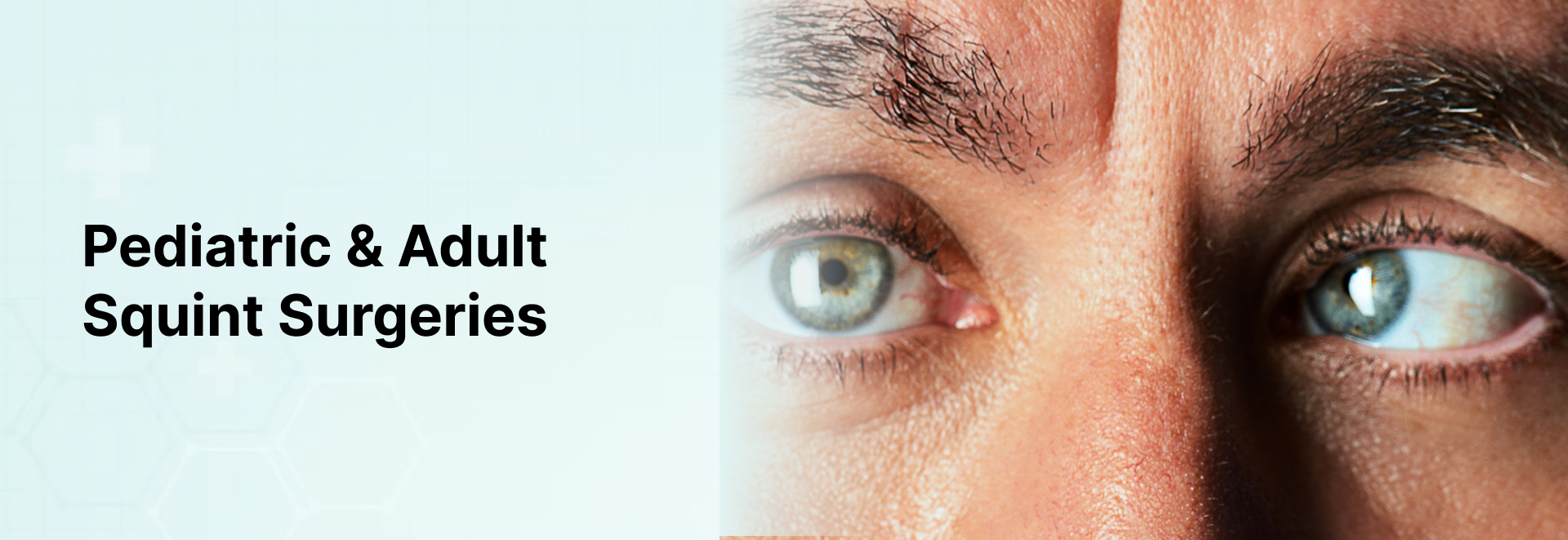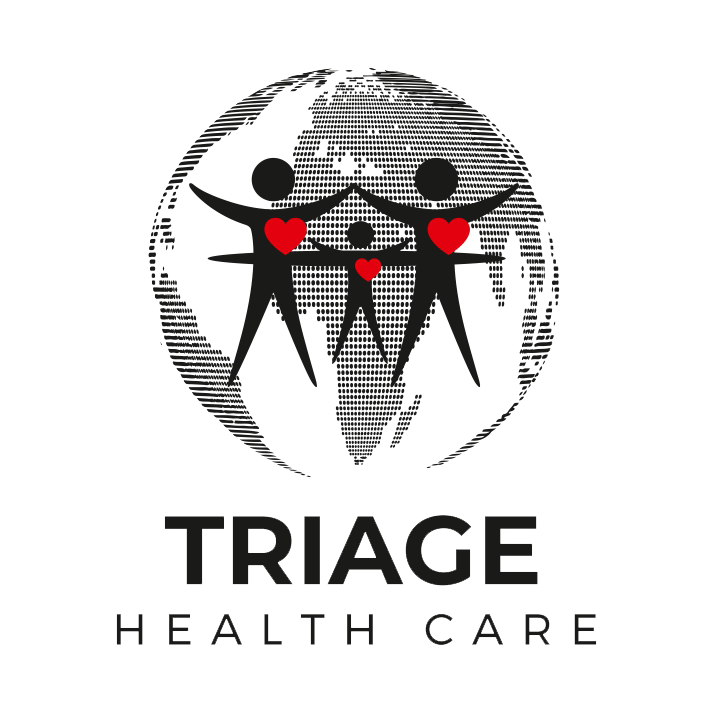
Squint Surgery
To rectify eye misalignment, extraocular muscles are operated on during squint or strabismus surgery. It is one of the most frequently carried out operations on the eyes.
One in twenty kids have a disease known as a squint or strabismus, which is characterised by the eyes moving and focusing independently on one another rather than in the same direction. Squints usually appear before the patient is five years old, but they can also reappear later in life. It is best to examine a child’s vision regularly. When they are fatigued, new-born babies will occasionally cross their eyes, but this is not typical for infants older than three months.
Squint surgery is not typically the first form of care advised to patients. Those who have the disease are frequently prescribed prescription glasses, which should be worn all the time to correct refractive errors. Additionally, eye activities can be given to improve eye coordination. Recently, doctors have begun prescribing a less invasive procedure that includes injecting the patient with botulinum toxin (also known as Botox) into the eye’s muscles.
Causes
Congenital squints are a disease that some people have from birth, but they can also develop later in life in other situations. When the afflicted eye tries to correct refractive errors like astigmatism, myopia, or hyperopia, they frequently cause acquired squints to form.
A squint may also be caused by measles in children, hydrocephalus, other diseases affecting the eye muscles or the retina, cerebral palsy, Down syndrome, and other genetic disorders.

Symptoms
A squint’s signs are simple to spot. While the other eye is fixed forward, one of the patient’s eyeballs may turn outward, inward, downward, or upward. It is crucial to remember that not all squints are continuous; there may be times when the eyes appear normal. Minor squints are not always noticeable and may be mistaken for another disease.
In addition to having an impact on how someone looks, squinting can result in double or impaired vision. The patient may ultimately develop lazy eye or amblyopia if untreated. Additionally, one eye’s vision may not develop normally, which will cause the person to depend more on their good eye and cause their brain to ignore signals from their squinted eye.
© Triage Healthcare All rights reserved — Made by Rittz Digital


